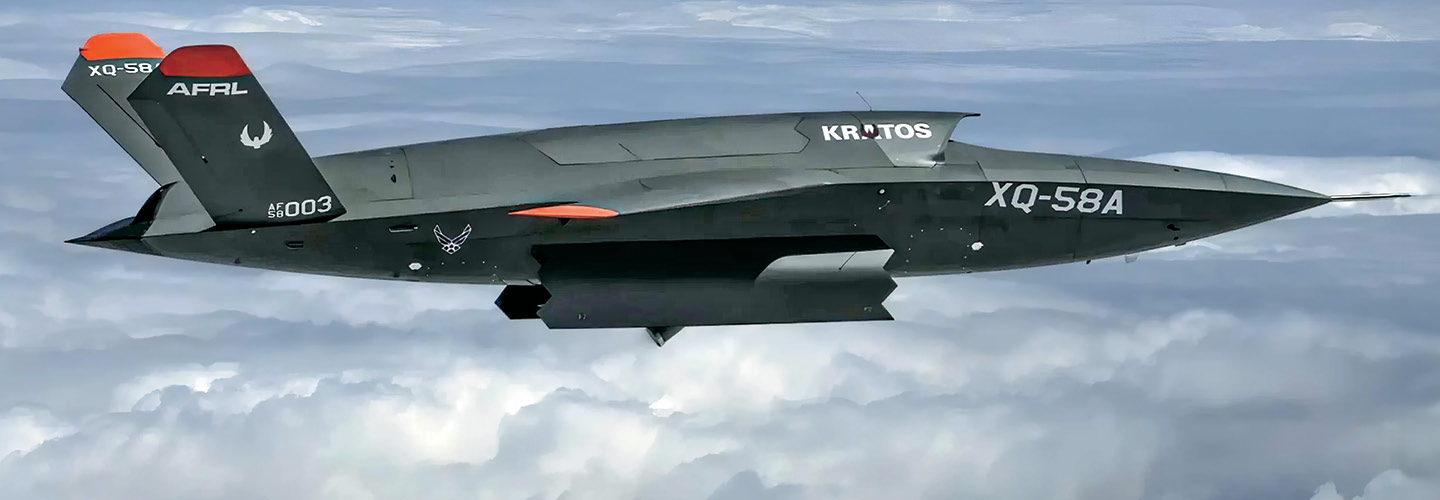It’s powered into flight by a rocket engine. It can fly a distance equal to the width of China. It has a stealthy design and can carry missiles that hit enemy targets far beyond its visual range.
But what really distinguishes the Air Force’s pilotless XQ-58A Valkyrie experimental aircraft is that it’s run by artificial intelligence (A.I.). It’s at the forefront of efforts by the U.S. military to harness the capabilities of an emerging technology—one whose potential benefits are tempered by concerns about how much autonomy to grant to a lethal weapon.
The Valkyrie—essentially a next-generation drone—is a prototype of what the Air Force hopes can supplement its fleet of traditional fighter jets, giving human pilots highly capable robots to deploy in battle. Its mission is to use A.I. and its sensors to identify and evaluate enemy threats, and then—after getting human sign-off—to move in for the kill.
It’s powered into flight by a rocket engine. It can fly a distance equal to the width of China. It has a stealthy design. It can carry missiles that hit enemy targets far beyond its visual range.
But what really distinguishes the Air Force’s pilotless XQ-58A Valkyrie experimental aircraft is that it’s run by artificial intelligence (A.I.). It’s at the forefront of efforts by the U.S. military to harness the capabilities of an emerging technology. But the potential benefits are tempered by concerns about how much autonomy to grant to a lethal weapon.
The Valkyrie is a next-generation drone. It is a prototype of what the Air Force hopes can supplement its fleet of traditional fighter jets. It would give human pilots highly capable robots to deploy in battle. Its mission is to use A.I. and its sensors to identify and evaluate enemy threats. Then, after getting human sign-off, it would move in for the kill.

